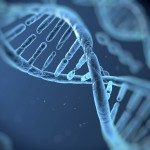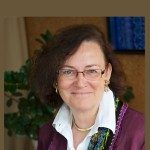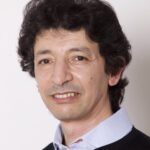Link to Pubmed [PMID] – 24702843
Link to HAL – pasteur-03922364
Link to DOI – 10.1016/j.crvi.2013.12.004
Comptes Rendus. Biologies, 2014, 337 (3), pp.167 - 177. ⟨10.1016/j.crvi.2013.12.004⟩
The Usher syndrome (USH) is the most prevalent cause of inherited deaf-blindness. Three clinical subtypes, USH1–3, have been defined, and ten USH genes identified. The hearing impairment due to USH gene defects has been shown to result from improper organisation of the hair bundle, the sound receptive structure of sensory hair cells. In contrast, the cellular basis of the visual defect is less well understood as this phenotype is absent in almost all the USH mouse models that faithfully mimic the human hearing impairment. Structural and molecular interspecies discrepancies regarding photoreceptor calyceal processes and the association with the distribution of USH1 proteins have recently been unravelled, and have led to the conclusion that a defect in the USH1 protein complex-mediated connection between the photoreceptor outer segment and the surrounding calyceal processes (in both rods and cones), and the inner segment (in rods only), probably causes the USH1 retinal dystrophy in humans.
Le syndrome de Usher (USH) constitue la première cause de cécité-surdité héréditaire. Trois sous-types cliniques, USH1–3, ont été́ définis, et dix gènes USH ont été identifiés. La déficience auditive due aux défauts des gènes USH résulte d’une désorganisation de la touffe ciliaire des cellules sensorielles. À l’inverse, la base cellulaire du défaut visuel est beaucoup moins bien comprise, car il manque dans presque tous les modèles murins de USH, qui reproduisent pourtant fidèlement la déficience auditive. Les différences inter-espèces structurelles concernant les processus caliciels de la cellule photoréceptrice et leur association avec la localisation des protéines USH1 ont récemment été mises en évidence. Elles ont conduit à la conclusion qu’un défaut dans la connexion médiée par les protéines USH1 entre le segment externe du photorécepteur et, d’une part, les processus caliciels (à la fois dans les bâtonnets et les cônes) et, d’autre part, le segment interne (dans les bâtonnets seulement) est probablement à l’origine de la dystrophie rétinienne USH1 chez l’homme.



